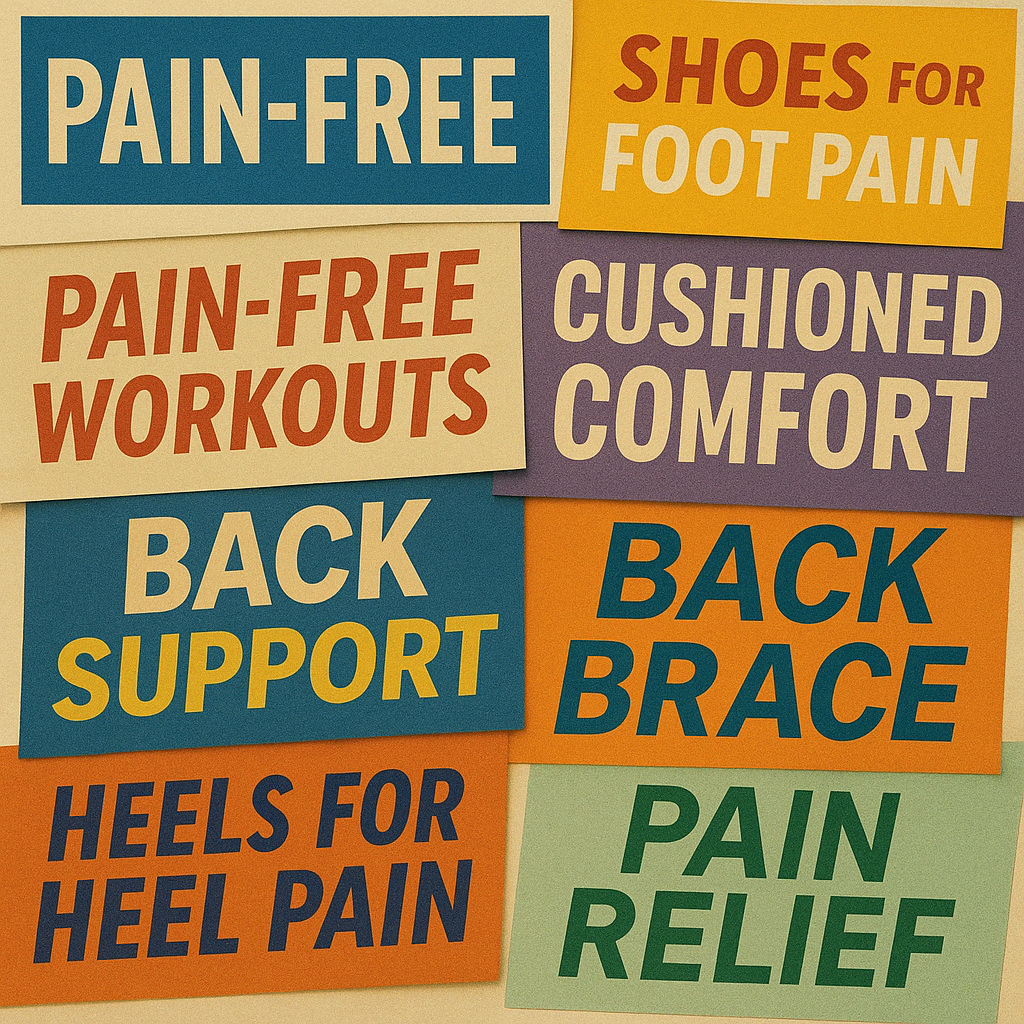🕵️♂️ Why Are We Still So Afraid of Pain?
Why are we still so afraid of pain?
Despite all the science showing that pain isn’t always a sign of damage, we still treat it like a threat. We still rate it, avoid it, and design entire treatment plans around its elimination.
This piece explores how fear, culture, and medical systems have conspired to make pain seem dangerous—even when it’s not. It challenges us to shift our relationship to pain from one of fear to one of understanding, and to teach patients that pain isn’t the enemy. It's the start of a conversation.
For all our progress in neuroscience and rehabilitation, one stubborn fact remains: we’re still terrified of pain. Not just because it hurts, but because we’ve built a culture around avoiding it at all costs. Pain is marketed as a defect, a flaw, a failure. And even clinicians, trained in modern pain science, can get caught reinforcing the fear.
But pain isn’t the enemy. It’s a signal—sometimes a protector, sometimes a messenger. When we learn to listen to it, rather than eliminate it, we shift from helplessness to agency.
If we want to change the pain conversation, we have to stop fearing it first.
Read the Full Post on Substack ➡️
🌱 The New Story of Pain: From Broken to Becoming
What if pain isn’t a glitch in the body—but a signal of possibility? The old story treats pain as damage. But the new story reframes it as an adaptive, intelligent process rooted in meaning, memory, and connection. This shift could transform not only how we treat pain, but how we relate to our bodies—and ourselves.
We’ve inherited a story where pain means something is broken. The body is seen as a machine, and pain is the red warning light that something needs to be fixed, replaced, or silenced. This story built our protocols, powered our clinics — but it hasn’t healed us. In fact, it might be part of what’s keeping us stuck.
The new story of pain isn’t about brokenness. It’s about process. It tells us pain is a signal — not of damage, but of protection, perception, and potential. Pain is shaped by meaning, memory, and experience. It reflects not just what’s happening in our tissues, but what’s happening in our lives. And it can change — through story, movement, relationship, and trust.
This shift asks us to move beyond “what’s wrong?” and toward “what’s needed?” Beyond suppression, toward conversation. Beyond protocols, toward presence. When we embrace this new story, we don’t erase pain — we give it a place to move, to teach, to transform.
You are not broken. You’re becoming.
🧠 The AI Inside: Why Chronic Pain Isn’t Just a Longer Version of Acute Pain
Chronic pain isn’t just “pain that lasts longer.” It behaves more like artificial intelligence — adapting, learning, and protecting patterns. To change the pain, we have to change the system.
Most people think chronic pain is just acute pain that won’t go away. But they’re not the same thing — not even close.
Acute pain is like a reflex. It responds to damage, follows a predictable path, and usually fades as healing happens. But chronic pain behaves more like artificial intelligence: it adapts, it learns, and it builds patterns based on your history, beliefs, fears, and environment.
This isn’t pain as a symptom — it’s pain as a system. If we want to change the output, we have to change the way we understand it. Chronic pain doesn’t just protect you from injury. It protects a pattern. And that means it can be re-trained.


